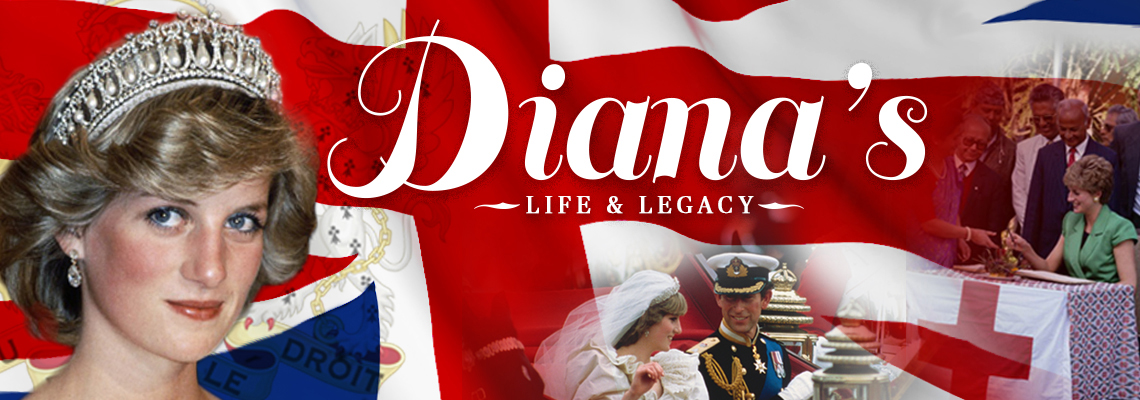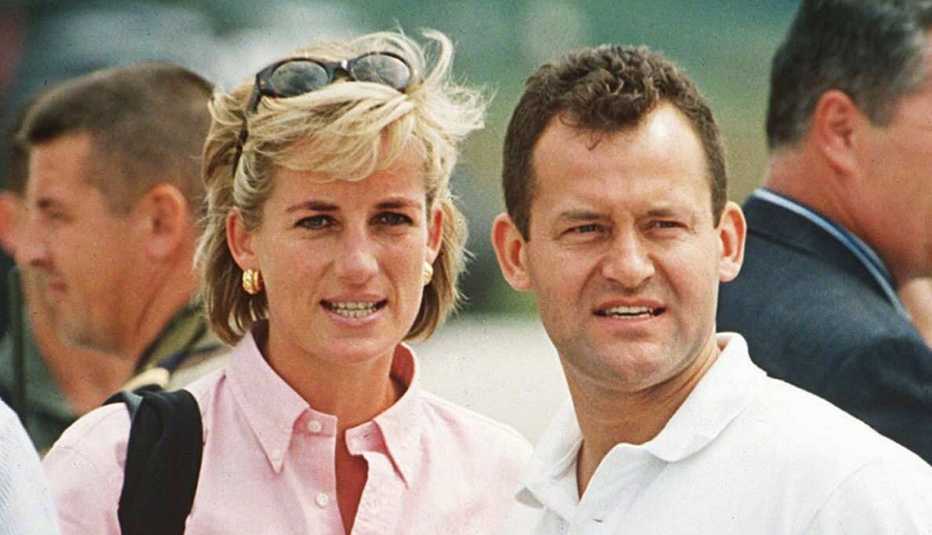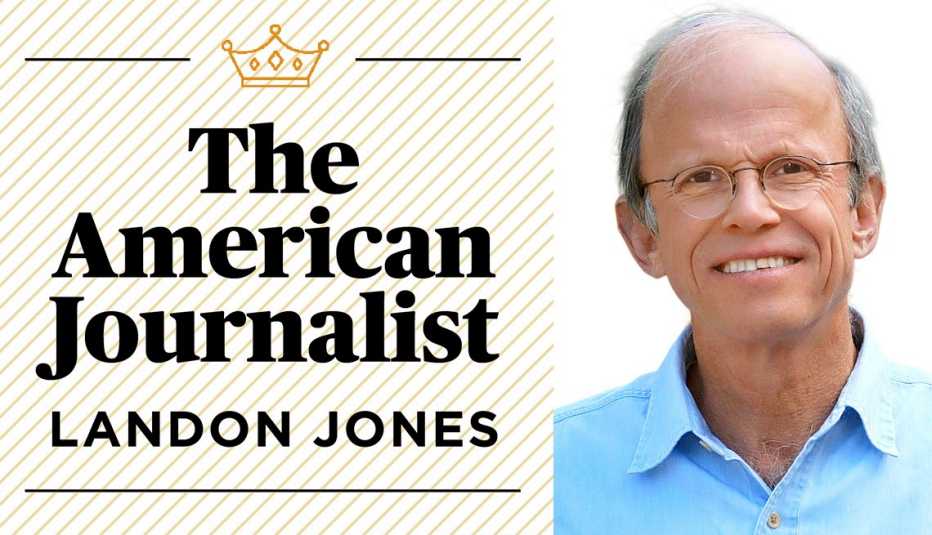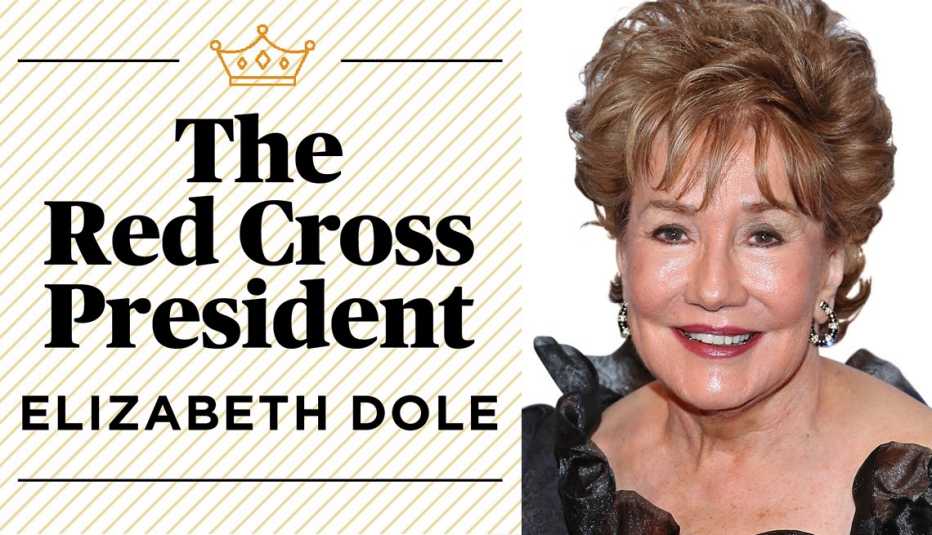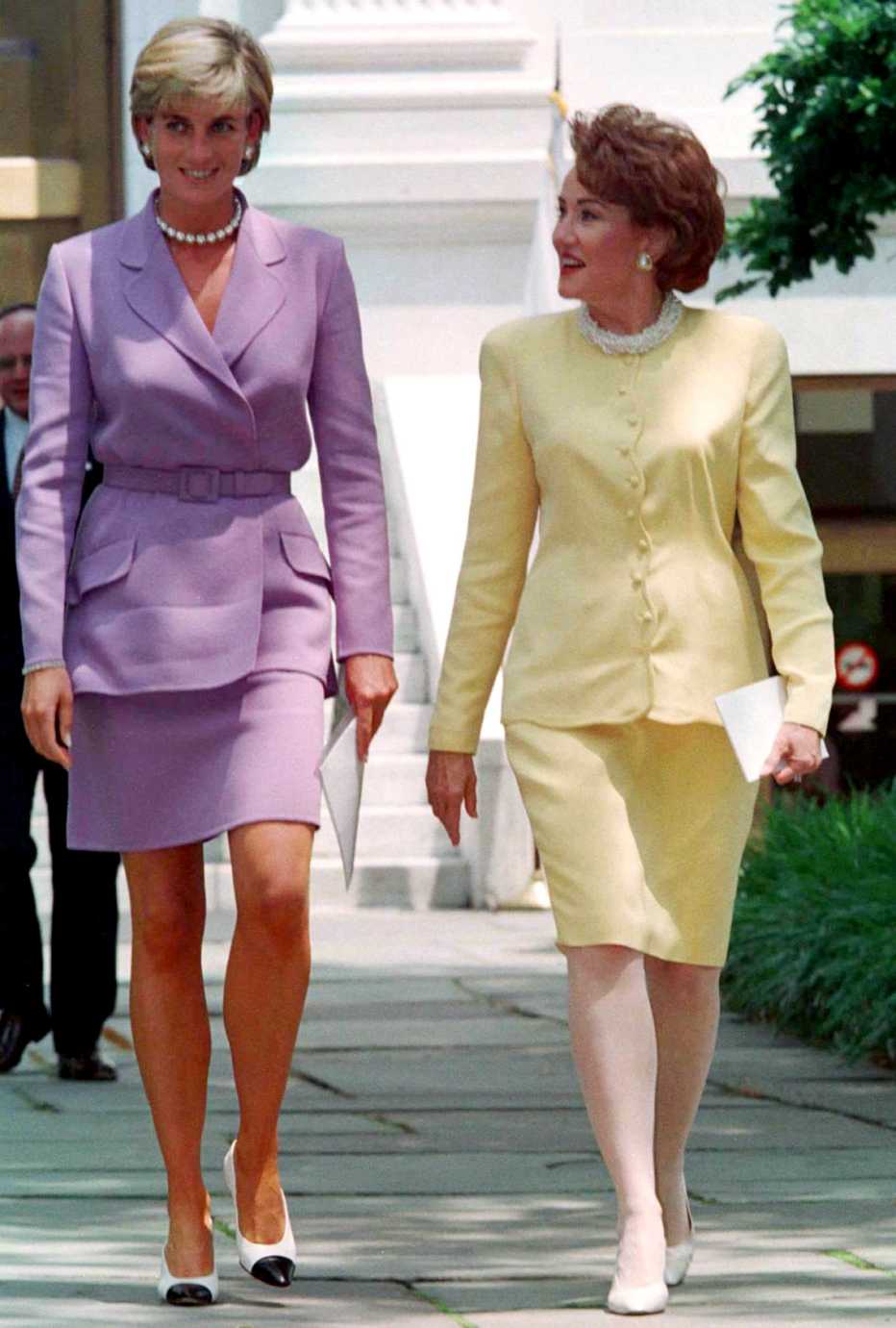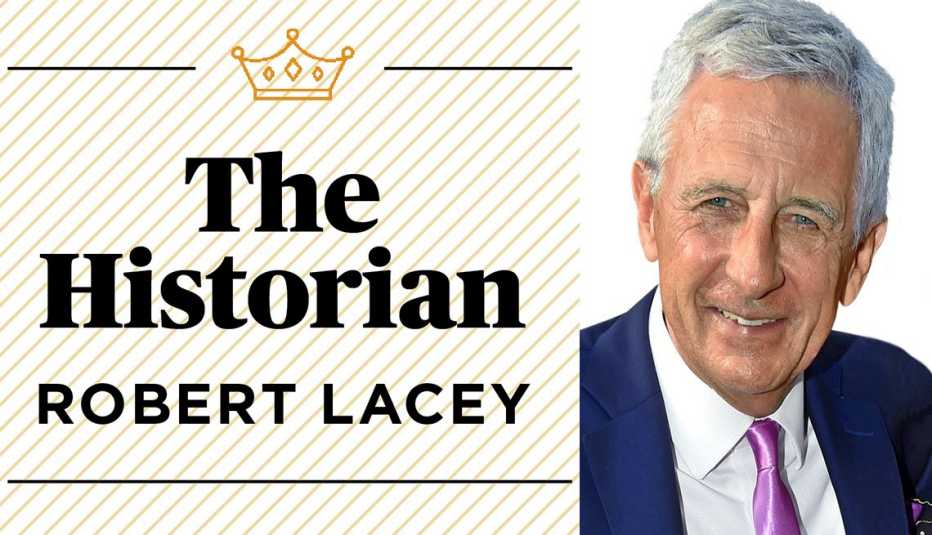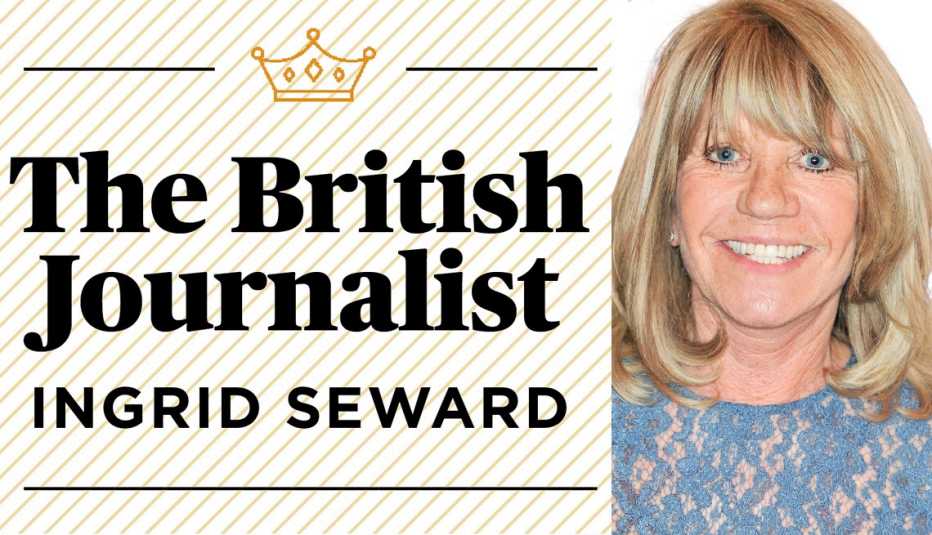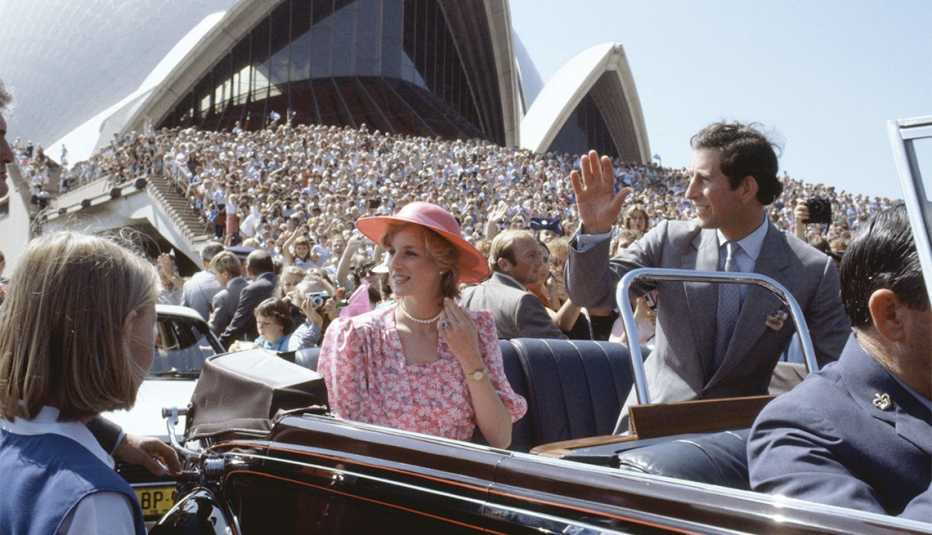Staying Fit

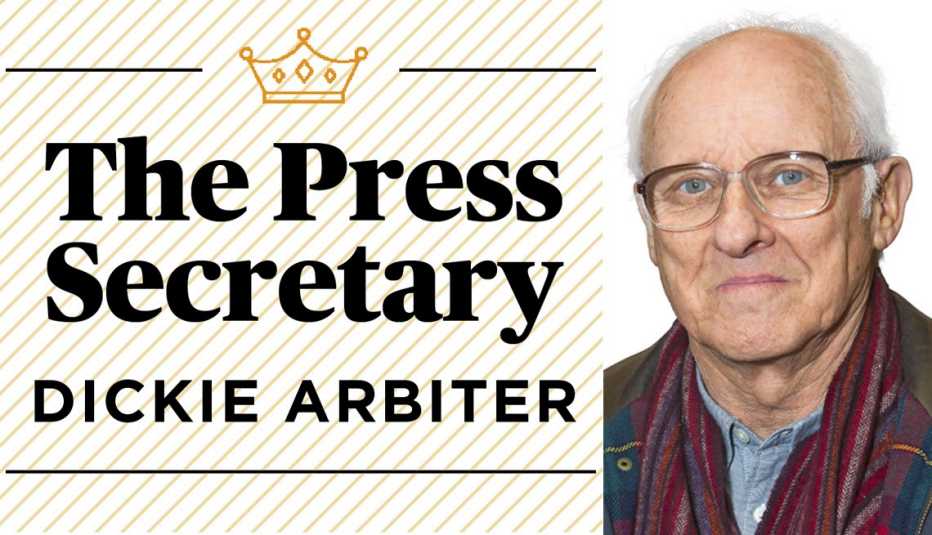
I first met Lady Diana Spencer over a cup of tea at Buckingham Palace two days before her wedding, in July 1981. I was a radio commentator who would be covering the wedding of this young nursery school teacher to the heir to the British throne. The British media had already dubbed the bride Shy Di, but I saw none of that shyness as we chatted openly about her big day ahead.


AARP Membership— $12 for your first year when you sign up for Automatic Renewal
Get instant access to members-only products and hundreds of discounts, a free second membership, and a subscription to AARP the Magazine.
When she became a leading member of the British royal family, she chose work that highlighted the young, the sick and the vulnerable, as well as the old and infirm. I was with her when, in one swift gesture, she destroyed the “Do not touch” taboo as she shook hands with an AIDS patient in 1987 — and two years later held the stump of a leprosy patient.
Her ability to empathize and connect with people from all walks of life is widely recognized. But I also saw another side to her — amusing and always with a ready wit — including about the very British Windsors, who are partly descended from German royalty.
While they were married, Diana and Charles had their joint office at St. James’s Palace in London, and I remember her arriving there once in 1991 in a soft-top Mercedes SL600.
“Where’s the Jaguar XJS?” I asked. “At least that was a British car.”
Quick as a flash she replied, “I’ve got a German husband. Why can’t I have a German car?”

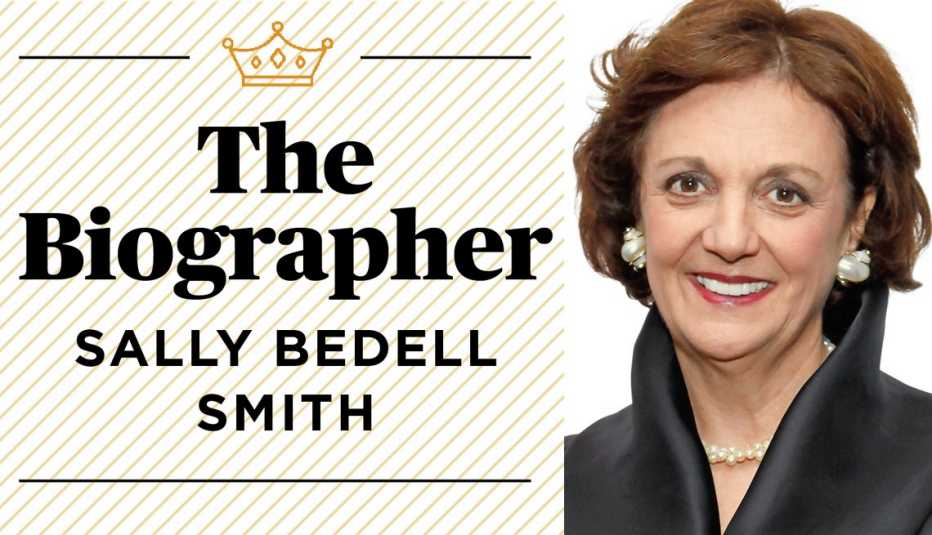
It was a sparkling day on Martha’s Vineyard in the summer of 1994, but during my only private encounter with Diana, I saw both her sunny and cloudy sides. The occasion was a beach picnic hosted by Katharine Graham, publisher of the Washington Post, and the princess was among a small group of guests.
Diana looked gorgeous: bronze and lithe in her flowered bikini. When my 19-year-old son arrived late and breathless, I quickly whispered her name in his ear. He spun around, pumped her hand, stared at her chest and said, “Hey, how are ya doin’?” She clicked on her high beams, grinned and giggled at my son’s Yankee familiarity. Yet moments later, she withdrew.
Throughout the afternoon, she seemed almost without affect; her sudden shift from engaging to preoccupied puzzled me. Later one of her close friends would tell me, “At times Diana could be fantastically vacant. She would just switch off.” As I began writing her biography, I realized that my impromptu encounter had given me my first glimpse of her emotional complexity.


Irreplaceable, unique and inspirational. I miss my friend Diana. I miss that tremendous energy, which occupied my daily life for over 10 years as her personal butler. She was my raison d’être. Wasn’t I a lucky man, and who wouldn’t have wanted to trade places with me for just one day?



























































